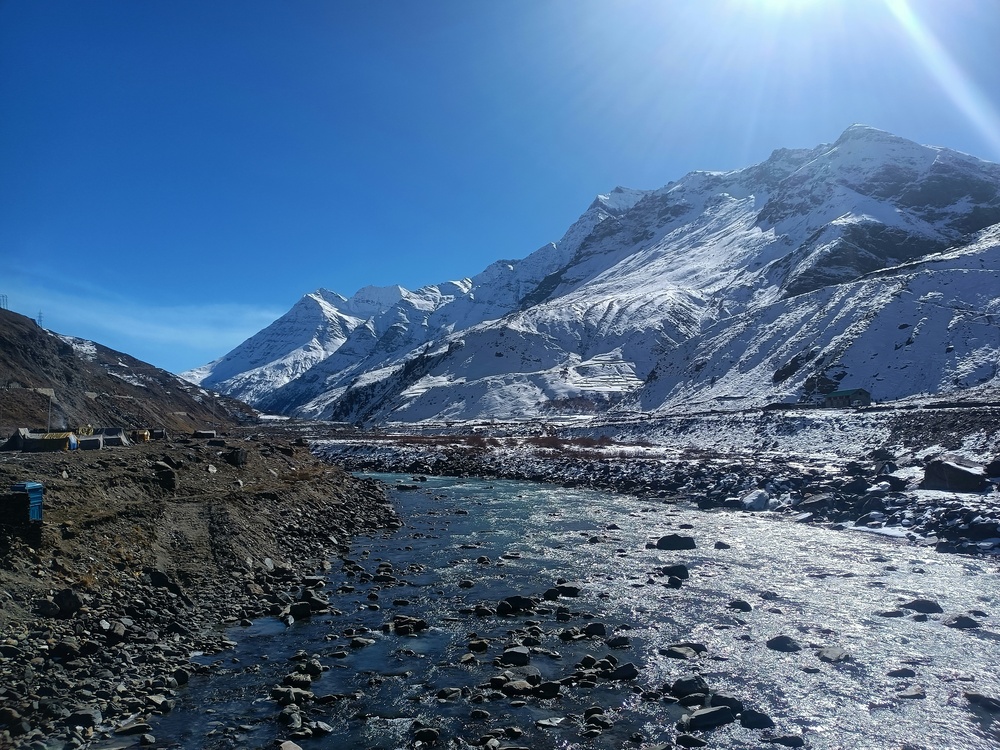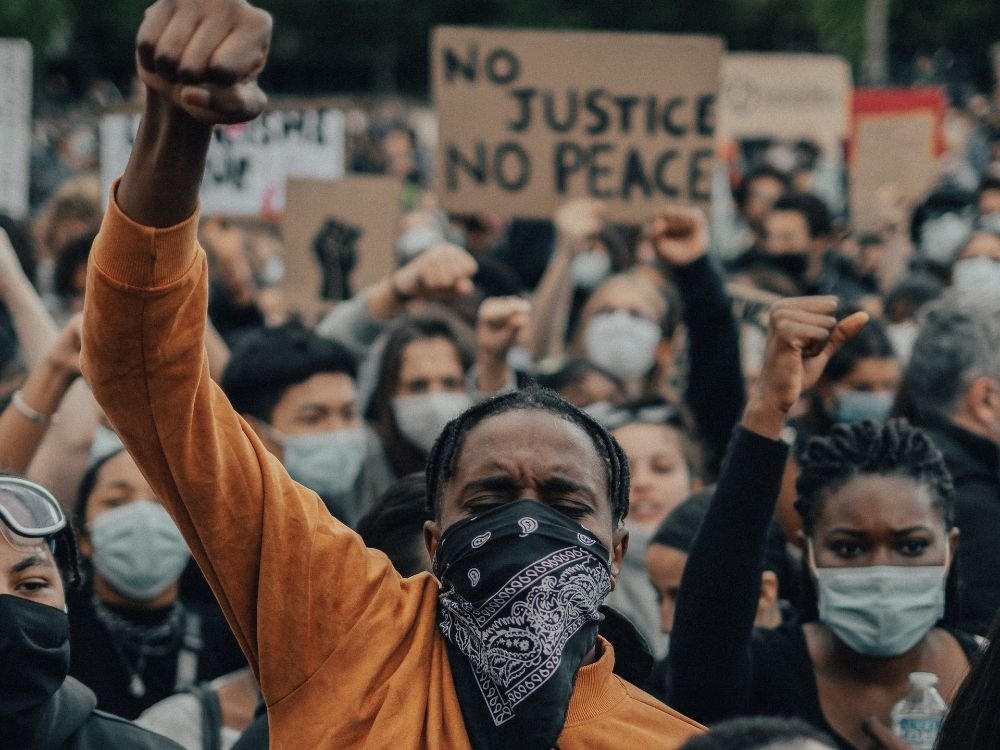In an age where people seek not just vacations but meaningful experiences, trekking & hiking tourism has emerged as a popular and transformative way to travel. Swapping city streets for mountain trails, and hotel rooms for tents under starlit skies, trekking and hiking offer more than just physical exercise—they offer a connection with nature, culture, and oneself.
Whether you’re ascending snow-clad Himalayan passes, walking through dense Western Ghats rainforests, or exploring arid desert trails, trekking and hiking tourism caters to adventurers of all levels. In this article, we dive into the world of trekking & hiking tourism, its top destinations, benefits, and tips to help you make the most of your next trail-bound adventure.
1. What is Trekking & Hiking Tourism?
Trekking & hiking tourism is a niche form of travel focused on walking long distances through natural landscapes, often over multiple days. It combines elements of adventure, eco-tourism, cultural immersion, and physical wellness. From easy nature walks to challenging high-altitude treks, these journeys take you through forests, valleys, mountains, and remote villages—offering a slower and deeper way to experience the world.
This form of tourism often emphasizes sustainability and responsible travel, supporting local communities and minimizing environmental impact.
2. Top Trekking & Hiking Destinations in India
a. Himachal Pradesh
- Triund Trek: A beginner-friendly trek with panoramic views of the Dhauladhar range.
- Hampta Pass Trek: A crossover trek from lush Kullu Valley to the arid Spiti Valley.
b. Uttarakhand
- Valley of Flowers: A UNESCO World Heritage Site known for vibrant alpine flora.
- Roopkund Trek: A mysterious glacial lake trek featuring ancient skeletal remains.
c. Sikkim
- Goechala Trek: For experienced trekkers looking for close-up views of Mt. Kanchenjunga.
d. Maharashtra
- Rajmachi and Harishchandragad: Popular for monsoon treks through Sahyadri Hills and ancient forts.
e. Karnataka & Kerala
- Kudremukh and Chembra Peak: Perfect for exploring the Western Ghats’ lush biodiversity.
f. Ladakh & Zanskar
- Chadar Trek: A winter trek over the frozen Zanskar River—one of the most unique and challenging hikes in the world.
3. Benefits of Trekking & Hiking Tourism
- Physical Fitness: Improves cardiovascular health, muscle strength, and endurance.
- Mental Wellbeing: Reduces stress, improves mood, and promotes mindfulness.
- Cultural Exposure: Trekking routes often pass through remote villages, offering unique insights into local lifestyles.
- Environmental Awareness: Promotes appreciation for nature and sustainable practices.
- Adventure & Challenge: Builds resilience, teamwork, and problem-solving skills.
4. Types of Trekking & Hiking Tourism
– Day Hikes
Short, beginner-friendly trails often completed within a few hours. Ideal for families and casual travelers.
– Multi-Day Treks
Require overnight stays in camps or lodges. These treks offer immersive nature experiences and test stamina.
– High-Altitude Treks
Often above 10,000 ft, these treks (e.g., Kedartal, Rupin Pass) are physically demanding and require acclimatization.
– Pilgrimage Treks
Spiritual journeys such as the Amarnath Yatra, Kedarnath Trek, or Vaishno Devi often involve trekking to sacred sites.
– Winter Treks
Snow-covered trails like Brahmatal, Kuari Pass, and Dayara Bugyal offer magical winter landscapes and unique challenges.
5. Inclusions in Trekking Tour Packages
Most trekking & hiking tourism packages include:
- Guided treks with local experts
- Accommodation (tents, tea houses, or homestays)
- Meals and water during the trek
- Permits and entry fees
- Transportation to and from the base point
- First aid and basic safety gear
Cost Range:
- Budget: ₹3,000 – ₹8,000 (per person for 2N/3D)
- Moderate: ₹10,000 – ₹20,000
- Premium: ₹25,000 – ₹50,000+ (for luxury treks or international destinations)
6. Tips for a Safe and Rewarding Trekking Experience
- Train before your trek: Build stamina with walking, cardio, and leg exercises.
- Pack light and smart: Carry only essentials—layered clothing, sturdy shoes, rain gear, and first-aid.
- Hydrate and eat well: Energy-rich foods and plenty of water are vital.
- Respect nature and locals: Avoid littering, stay on trails, and be courteous to residents.
- Travel with certified guides: Especially important for high-altitude or remote treks.
- Know your limits: Turn back or rest if altitude sickness or fatigue hits hard.
7. Global Growth of Trekking & Hiking Tourism
Trekking & hiking tourism isn’t limited to India. Globally, destinations like:
- Nepal’s Everest Base Camp & Annapurna Circuit
- Spain’s Camino de Santiago
- Peru’s Inca Trail to Machu Picchu
- New Zealand’s Milford Track
have gained immense popularity.
With rising interest in wellness travel, slow tourism, and sustainable exploration, trekking and hiking continue to grow worldwide.
Conclusion
Trekking & hiking tourism isn’t just about reaching a summit—it’s about every step you take along the way. It’s about watching the sunrise over the peaks, hearing the wind whistle through pine forests, bonding with strangers on the trail, and returning stronger—physically, mentally, and emotionally.
Whether you’re climbing mountains, walking through wildflower meadows, or crossing remote rivers, every trekking journey becomes a story worth telling. So lace up your boots, pick your trail, and set off on a path where the journey is just as beautiful as the destination.




